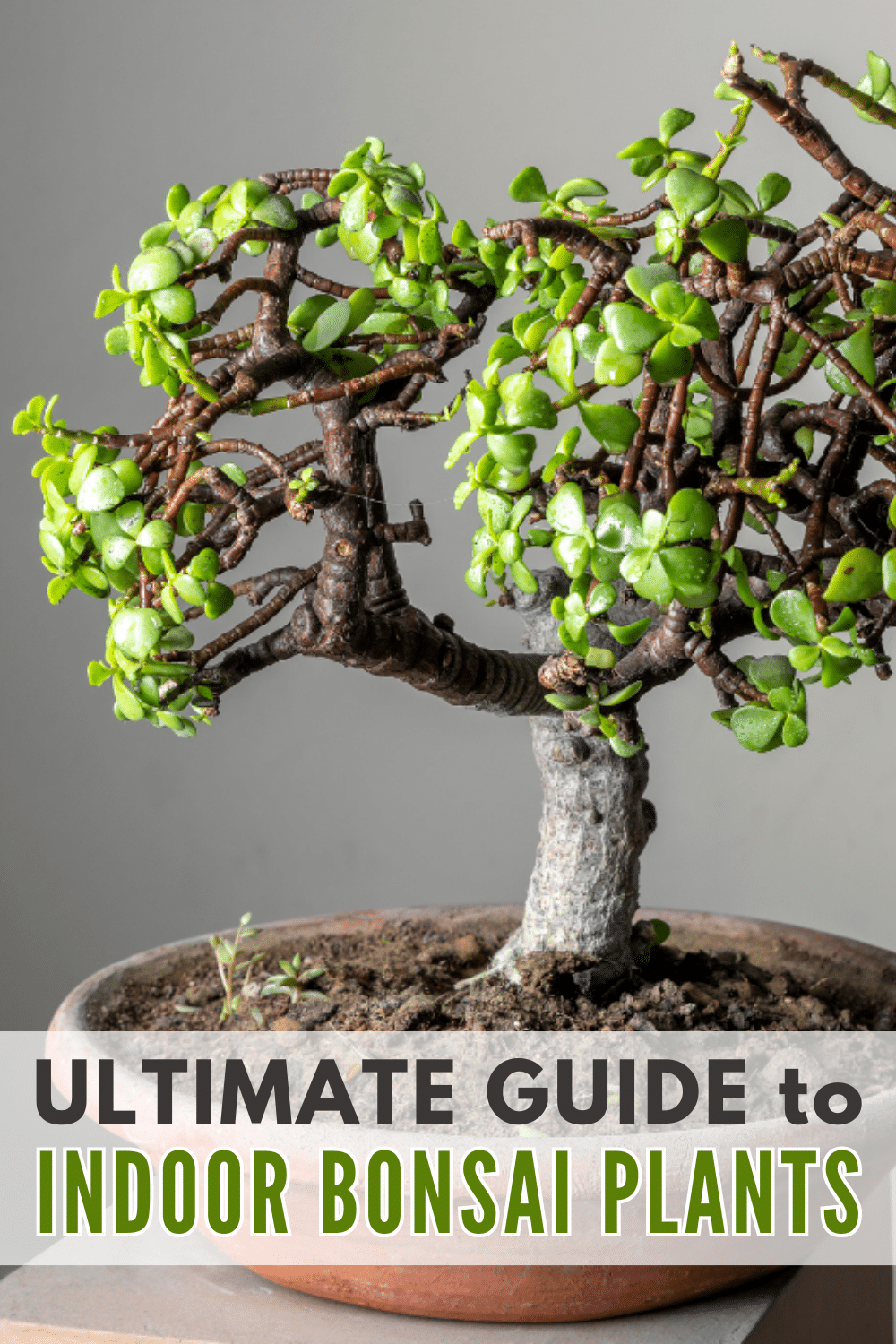The choices for indoor houseplants are seemingly endless, and this time, we will look at gorgeous indoor bonsai plants.
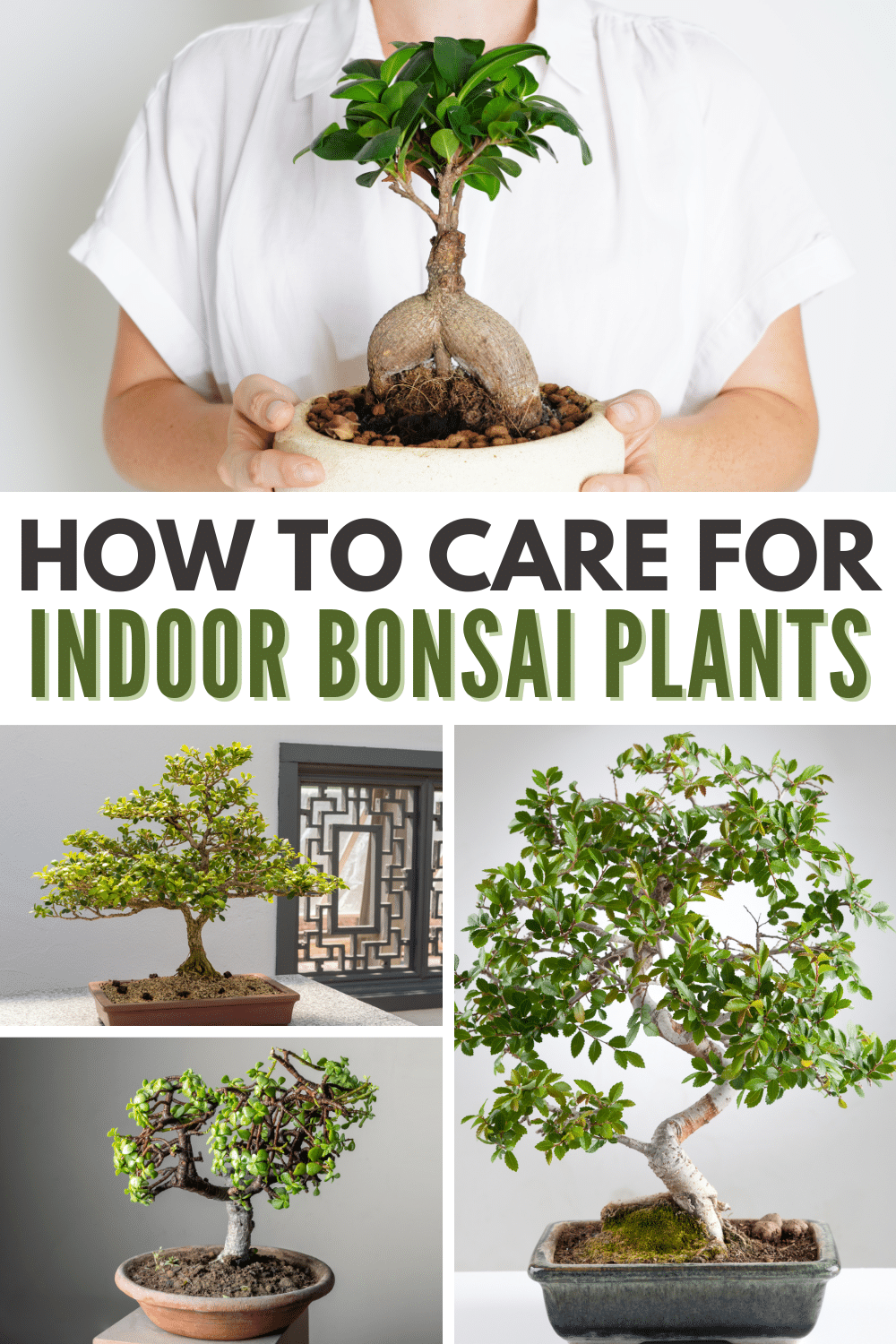
When you hear the word bonsai, many may feel both awe and intimidation — awe because bonsai is undeniably gorgeous, and intimidation because of how tedious taking care of it might be.
Well, don’t fret because we’re here to demystify indoor bonsai plants and how you can help one thrive in the comfort of your home!
Jump to:
Benefits of Indoor Bonsai Plants
Purifies the Air in Your Home
Thanks to photosynthesis, bonsai plants — house plants in general — help clean up harmful toxins in the air that enters our homes. It may also help increase oxygen levels in your living space.
Helps Lower Stress Levels
Many plants, bonsai trees included, have been found to help with our stress levels. Studies say that spending time in nature helps our minds relax and release stress.
Helps Keep the Air Humid
Staying long-term in a room with low humidity can cause many health issues, including dehydrated skin, dry eyes, and even sore throat. This is why I love having tropical bonsai trees indoors. They can function as nature’s humidifiers.
Helps With Your Spiritual and Personal Development
Taking care of bonsai trees also brings many benefits when it comes to your spirituality and personal development. Not only is taking care of this plant considered by many as a form of meditation, but it also helps you practice good habits.
Some of these benefits include the following:
- Patience and Consistency: Bonsai tree care can be tedious. With this, you develop more patience and consistency if you follow your maintenance routine closely.
- Creativity: Pruning and shaping bonsai is integral to taking care of it. But you just don’t cut anywhere you want to. Bonsai is known for its stunning shapes, and when you trim your plant, it pushes you to decide on its appearance using your creativity.
Indoor Bonsai Plants vs. Outdoor Bonsai Plants
Does it matter if you take care of any species of bonsai indoors or outdoors? Yes, some species don’t do well indoors, while others do.
Indoor Bonsai
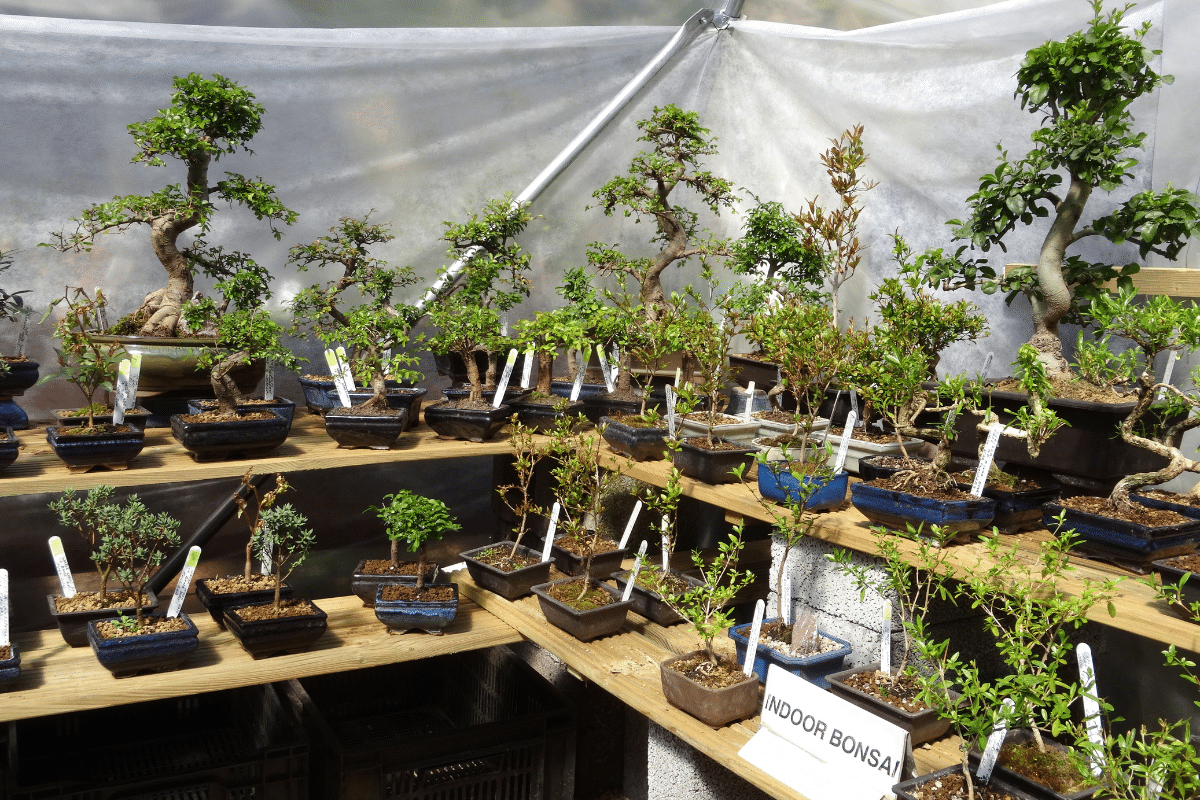
Bonsai plants that can thrive well indoors are usually smaller species in general. These are usually tropical or subtropical plants that can thrive in high-humidity areas.
Outdoor Bonsai
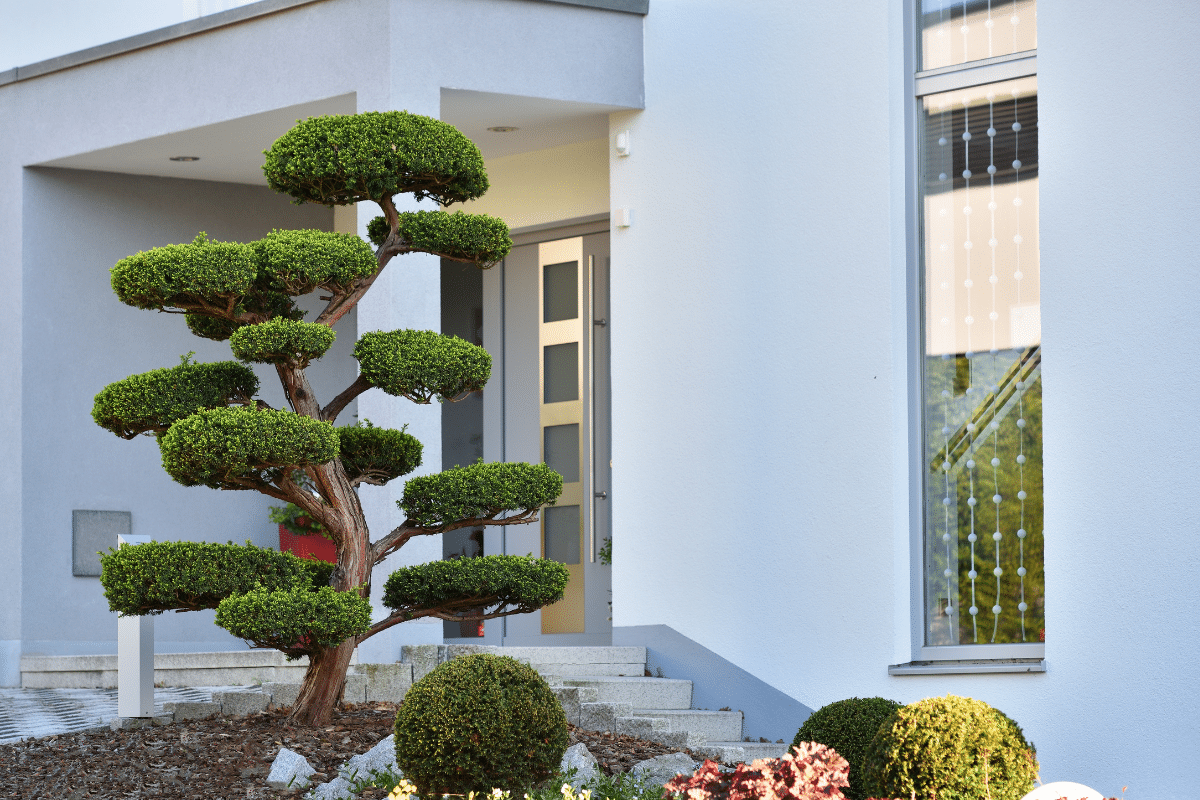
Bonsai trees that should be placed outdoors are usually bigger, such as large tree species, including oak and maple. These popular bonsai plants kept outdoors are usually hardy. However, many of them need a rest period during winter at a set temperature to thrive and survive. They also can’t survive indoors for long periods.
Best Indoor Bonsai Plants
Ficus Bonsai
One of the most popular bonsai plants that you can get is a Ficus. It’s one of the best indoor bonsai trees for beginners. Many indoor bonsai trees require a lot of light and high humidity; this evergreen plant is resilient, hardy, and adaptable.
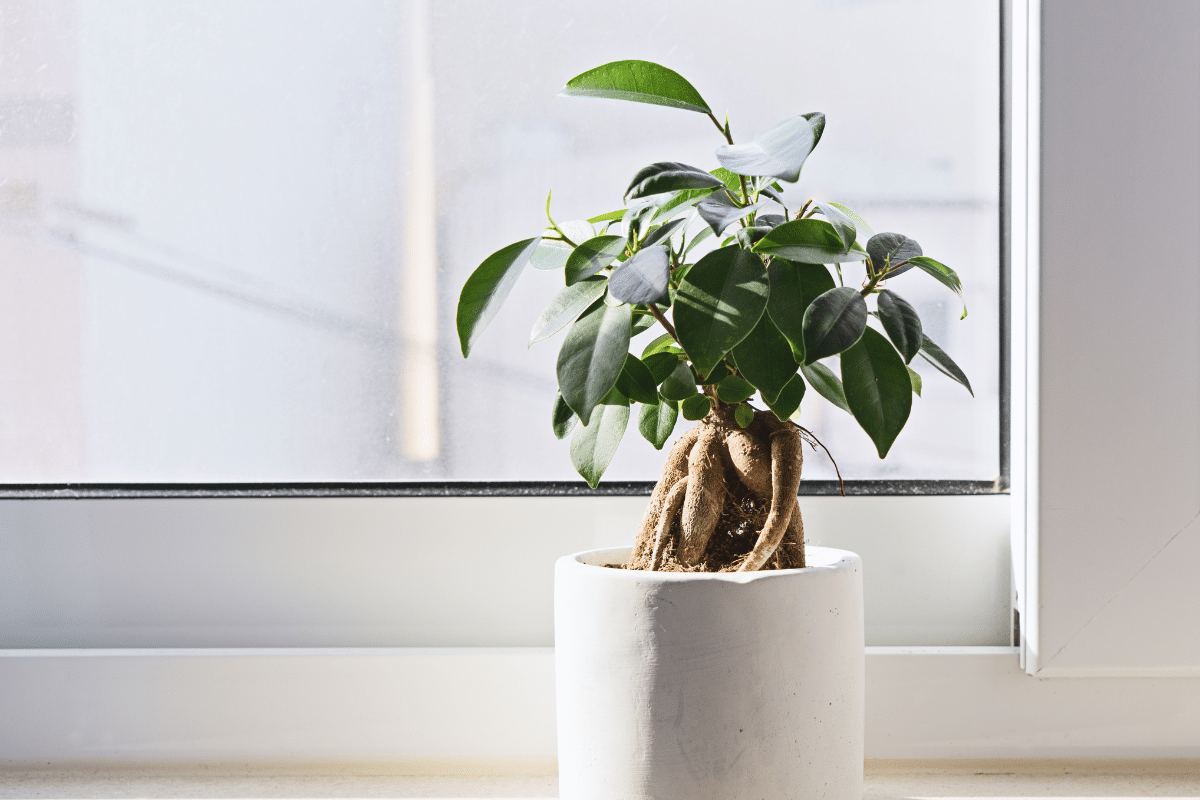
Some of the popular varieties of this species that you can get include Ficus microcarpa, Ficus ginseng, Ficus retusa, and Ficus benjamina.
Dwarf Jade Bonsai
Another popular indoor bonsai plant you can get is the Jade bonsai tree. This succulent is already a well-loved plant in many homes. The smaller variety would be a cute addition to your indoor plant collection, especially if you keep it in a small pot.
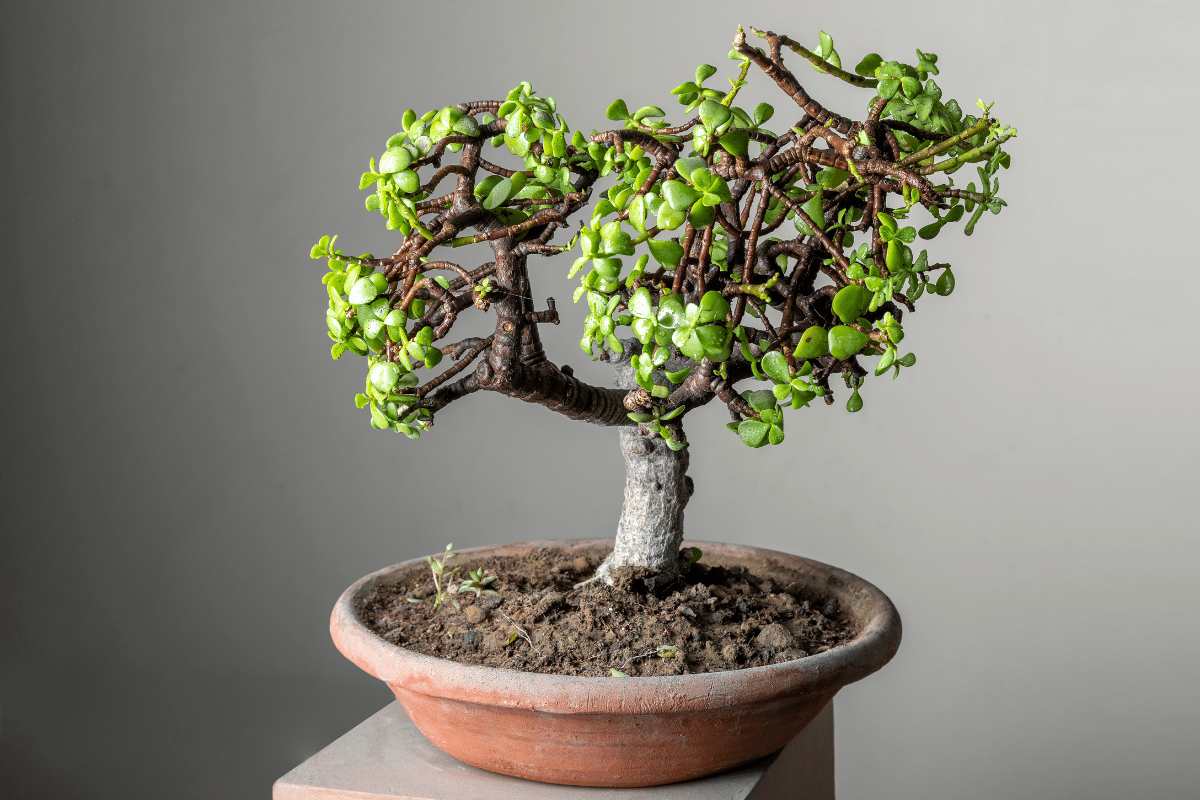
When caring for the Dwarf Jade, you can plant it in sandy loam soil with excellent drainage. I also found that you can trim and shape it with no problem.
Chinese Elm Bonsai
When you imagine a quintessential bonsai tree, you may picture the Chinese elm.
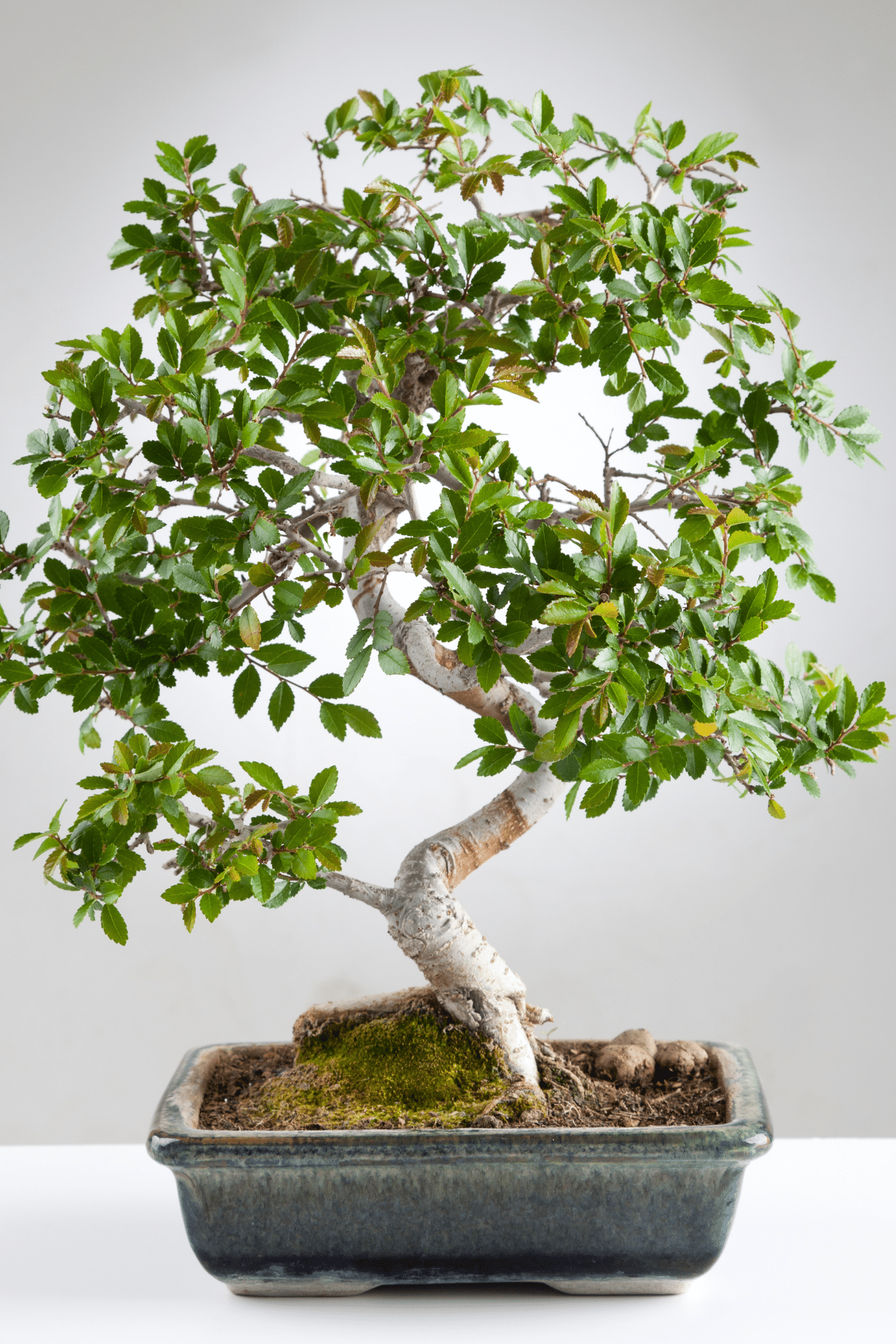
This is another popular choice for an indoor species if you’re a beginner. After all, this bonsai species is quite resilient to low light and low humidity. It also grows quickly, so you can prune and train it easily based on your preference.
Snow Rose Bonsai
Serissa Japonica, or snow rose bonsai, may be one of the most stunning bonsai that can thrive indoors. It features gorgeous green leaves and white flowers that can turn heads in a room full of plants.
However, this isn’t a species for beginners and is best suited for experienced bonsai owners. It’s sensitive to environmental changes, specifically water, light levels, and temperature.
Boxwood
Another common indoor bonsai that you can get is a boxwood. It’s another familiar plant, mainly used in outdoor gardens, but its miniature version can easily thrive indoors.
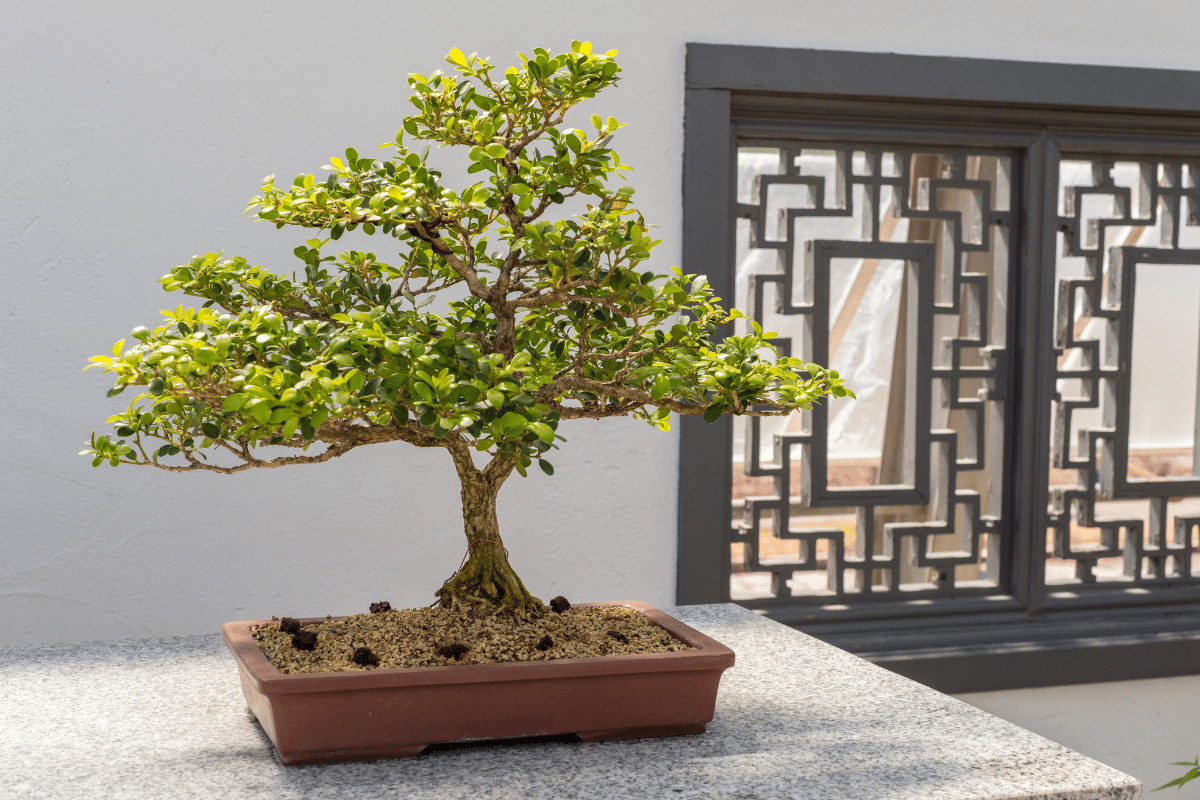
Although they’re hardy and resilient, this bonsai species needs protection during winter. Placing your bonsai boxwood indoors can help it grow healthy.
How to Care for Bonsai Indoors
Growing bonsai and keeping them healthy can be intimidating. I know I was when I first started taking care of them. But in my experience, researching each type’s specific needs is worth it.
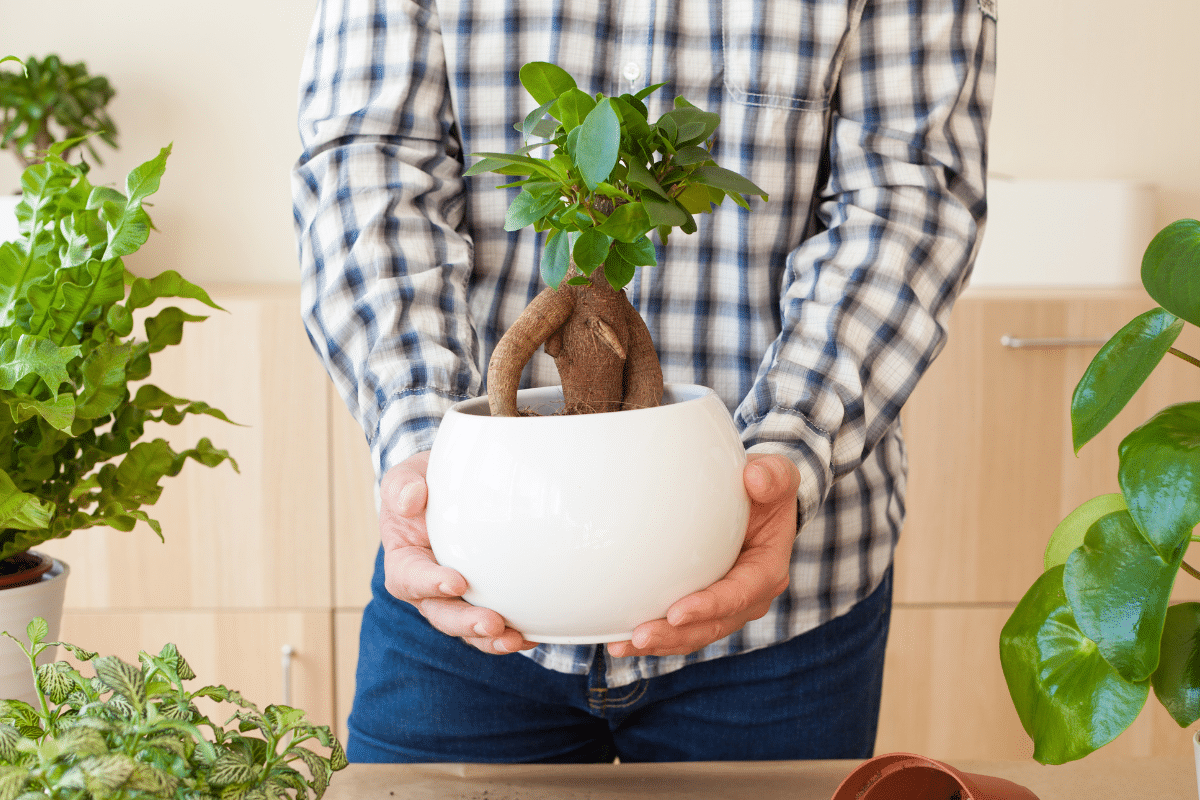
While most indoor bonsai plants have different growth requirements, there are some bonsai care considerations that you can follow across the board to keep them healthy. Here are some of them:
- Indoor bonsai love light, so make sure to place them in an area where they can enjoy a lot of sun. In winter, or if you live in an area without much sun, don’t hesitate to use high-intensity lights as needed.
- Indoor bonsai thrive in humid environments, as most species do that are from the tropics. Ensure the space you place your bonsai has enough humidity. You can use a humidifier or do frequent misting to help with this.
- Like many plants, watering your bonsai properly is crucial. Always observe whether the soil has enough moisture in it. Do remember that some species need more watering than others, so read up about your bonsai.
- Indoor bonsais love warm spaces, so keeping your room temperature at optimal levels is essential. It’s best practice to keep your plants in an area that doesn’t get too cold (under 50 degrees).
FAQs
There are several problems that you may encounter. Here are some issues that you may face and how you can solve them:
1. Too much light can lead to overheating. A typical tell-tale sign is light or scorched leaves.
Solution: If your plant can’t handle the heat and light of mid-day sun, you should move it temporarily to a shaded area. Misting also helps a lot.
2. Overfertilizing may also cause issues and discoloration for your indoor bonsai. You may see this manifest if the leaves closest to the roots look yellow and wilted.
Solution: Switch to a milder, preferably urea-free fertilizer.
3. Like other plants, pests may also infest your bonsai. Some typical pests include aphids, mealybugs, and weevils, among others.
Solution: To prevent the infestation from spreading from one plant to another, make sure to isolate the affected bonsai. You can also use organic pesticides to get rid of the pests.
If you’re looking for indoor bonsai, they’re easy to find. Garden stores and bonsai specialty shops carry a multitude of choices for both beginners and experienced bonsai owners.
If you’re looking for a specific bonsai species, you can search the internet for online specialty stores or join online communities to find bonsai enthusiasts who have plants to offer.
The range may vary depending on multiple factors, including species and maintenance. For example, an indoor bonsai Ficus may live for 10 years or 100 years.
A lot of bonsai trees, if taken care of properly, can last generations. Many families even treat them as heirlooms!
The Beauty of Indoor Bonsai
There’s something spiritual about taking care of bonsai, don’t you think? Other than being gorgeous representations of nature, taking care of it may bring a person peace of mind.
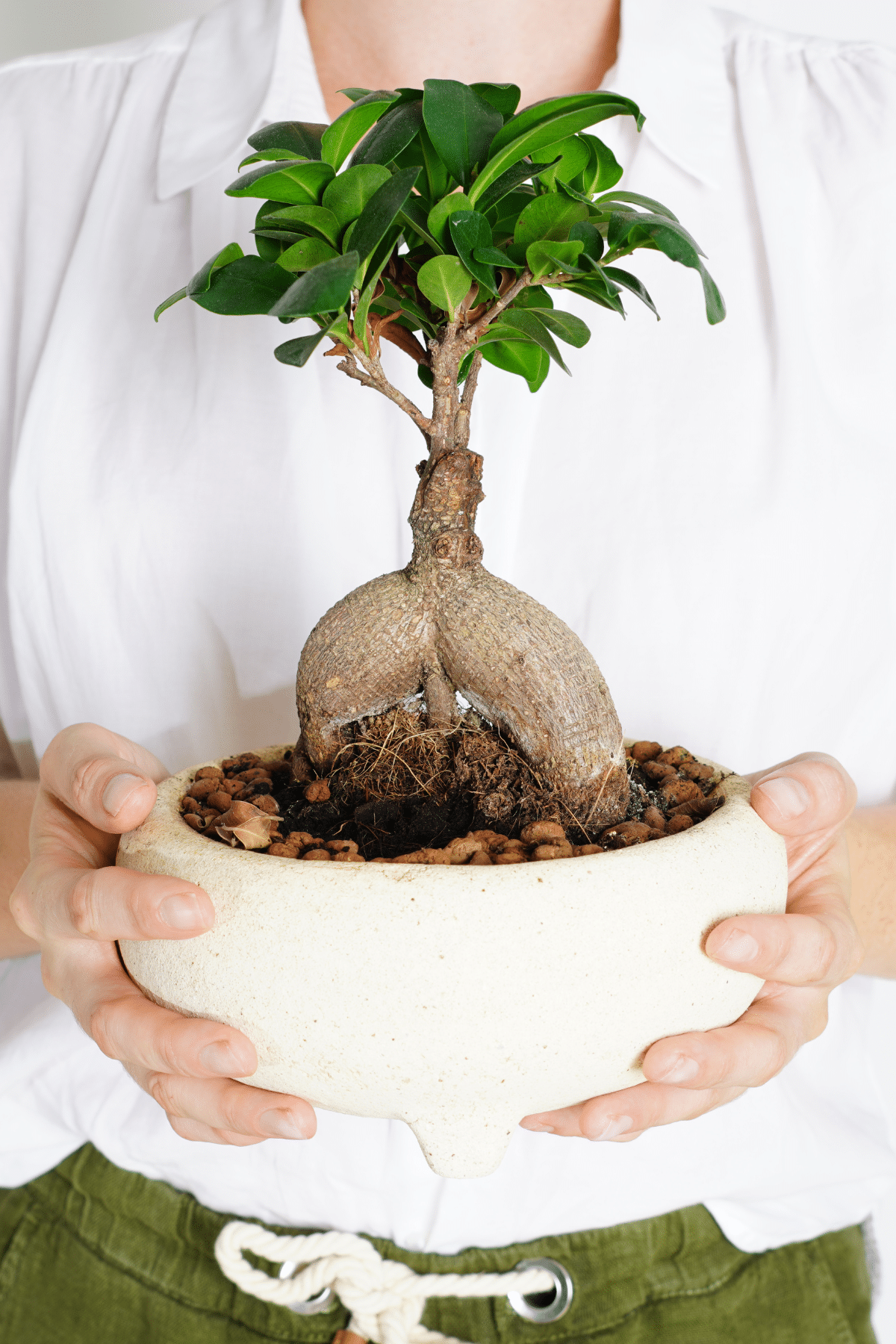
Bonsai may be intimidating, but hopefully now you understand more about this stunning type of plant.
Ready to get an elegant and classic-looking addition to your home’s indoor plant collection? Check out gorgeous indoor bonsai plants today!

